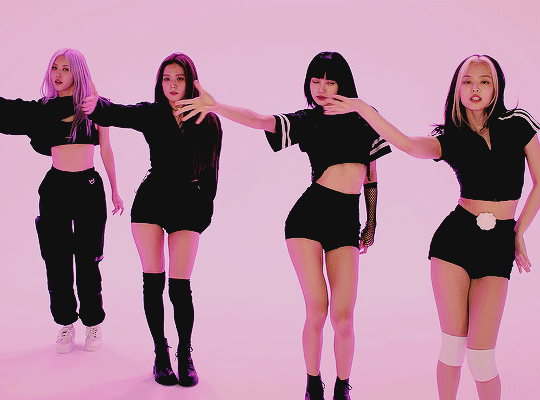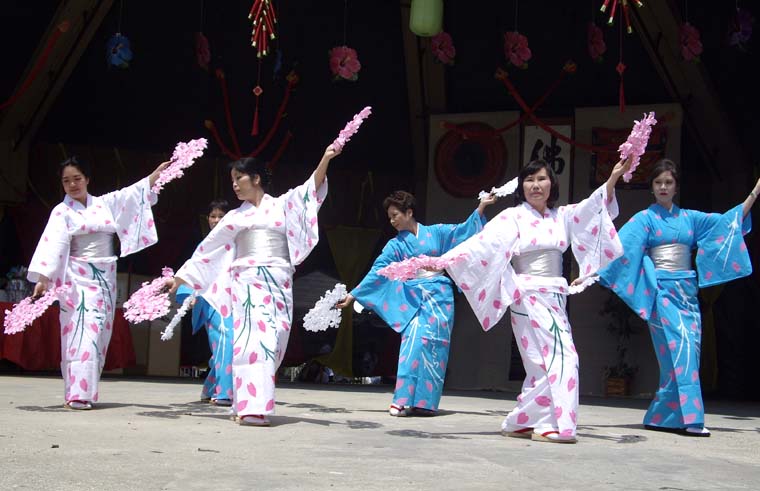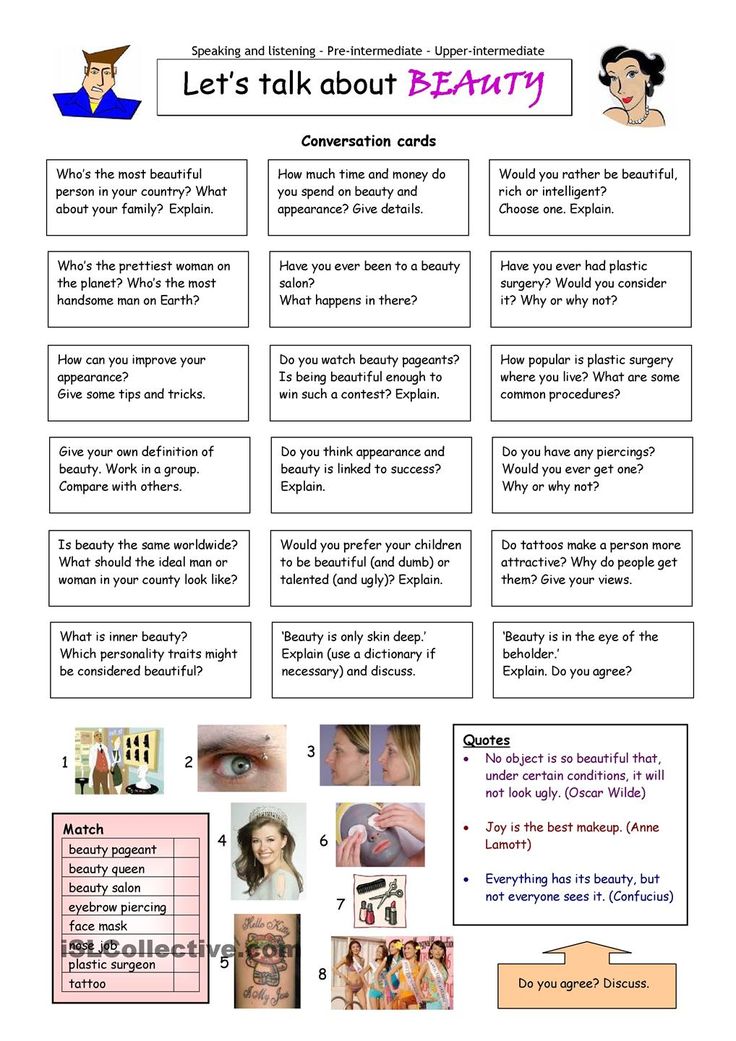How do you dance punta
Punta Dance - World-wide Dances
History
In their culture, the people refer to themselves as both Garinagu and Garifuna, with Garifuna mainly pertaining to their culture, music, and dance rather than using it to identify their people. There are a variety of possible origins of the punta's intended meaning for the Garifuna dance and music it represents. The word punta is a Latinization of an ancient West African rhythm called bunda, or "buttocks" in the Mandé language. The punta dance is also known by the name kuliao, from Spanish culeado. Another possibility refers to punta in the Spanish meaning "from point to point", referring to the tips of one's toes or to the movement from place to place.
The Punta dance is performed by a man and a woman who evolve separately in a circle formed by the spectators. They begin facing each other and the figure varies with the ingenuity of the dancers, but always represents the evolution of a courtship in which first the man pursues, and then the woman, while the other retreats; and ends only when one of them, from exhaustion or from lack of further initiative, admits defeat by retiring from the ring, to have his or her place immediately taken by another. Punta dance is a mimetic cock-and-hen mating dance with rapid movements of the buttocks, hips, and feet, while the upper torso remains motionless. Couples attempt to dance more stylistically and seductively, with better hip movements, than their competitors. As the evening progresses, the Punta became extremely “hot”; while the spectators egged on their favorites with cries of: mígira-ba labu, “don't leave (off) under him!” or: mígira-ba tabu, “don't leave (off) under her!” which has the same effect as, “don't let him (or her) beat you!”
Over time due to their difficult history, music and dance became a way to explain their daily lives and surroundings, a vehicle to communicate Garifuna struggles and ideas, and an antidote to celebrate life and release Garifuna pain. "While punta the song form symbolizes the retention of culture through music, punta the dance form symbolizes the continuity of life." The basic dance appeals across lines of gender and age, whether it is expressed in its original, more conservative manner with gentle swaying hips that imply sexual desire, or the more aggressive, provocative manner that emulates sex.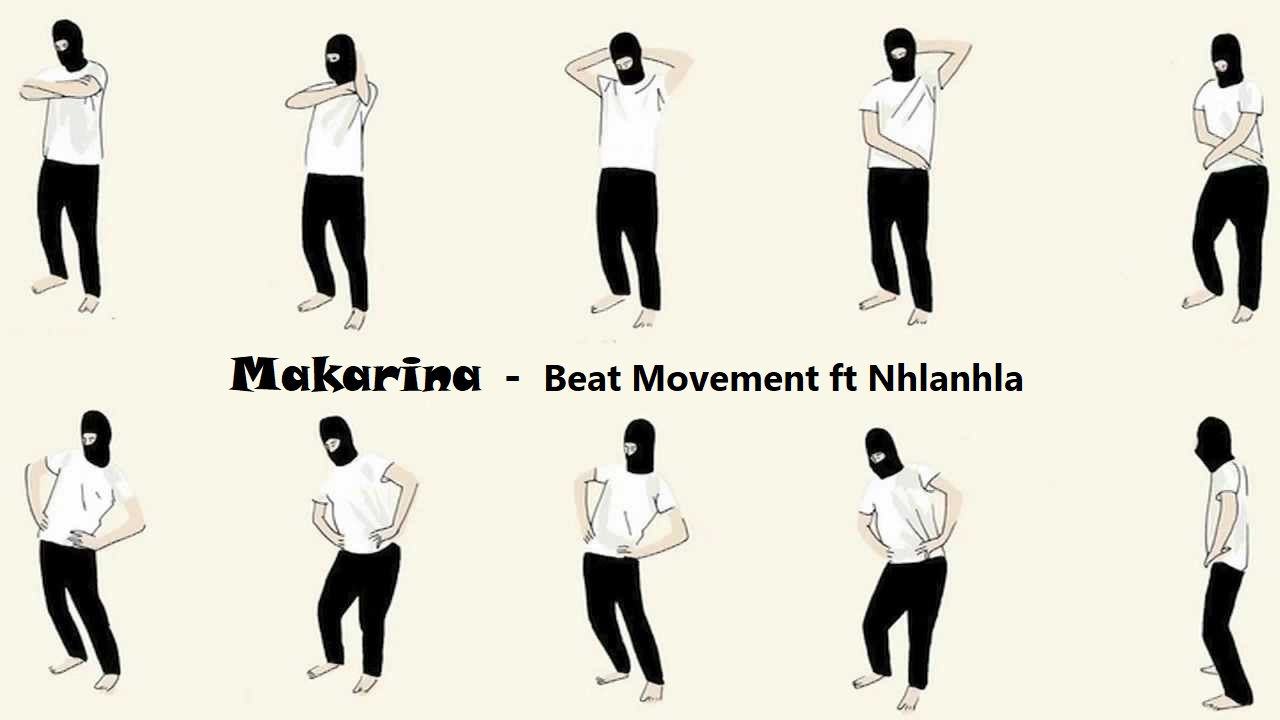 The constantly pulsating rhythms represent the most direct and physical form of intimacy, which attracts people of various ethnicities as well.
The constantly pulsating rhythms represent the most direct and physical form of intimacy, which attracts people of various ethnicities as well.
Punta rituals have been observed on holidays such as Christmas Eve and New Year's Day by anthropologist Cynthia Chamberlain Bianchi during her study in the late 1970s-mid 1980s. More commonly were the religious or ancestral rituals, as those seen on the ninth-night wakes by anthropologist Nancie Gonzales during her fieldwork in Central America. If a death occurred at night, then the wake would begin early the next morning and continue all day, ending with a burial in the late afternoon. However, if the death were during the day, an all-night wake would ensue with people coming and going throughout, with prayers and drinking being a familiar sight. Punta dancing can be considered a salient feature of the all-night watches and was mandatory for many participants. Gonzales reflected on her work and other anthropologists', such as Virginia Kearns, concluding that similar evidence has been found in Belize, as well as her own in Honduras, that most punta dancing and story telling was kept until the ninth-night wake, rather than included at any time.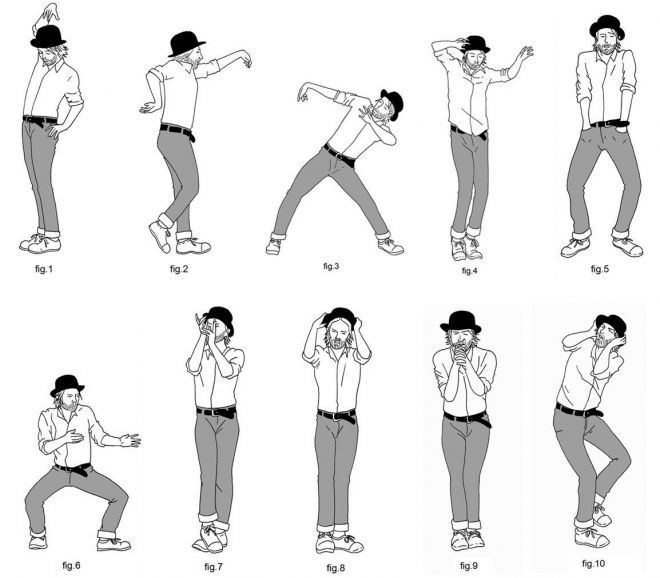
Punta music is well known for its call and response patterns and rhythmic drumming that reflects an African and Amerindian origin. The Garinagu people say that their music is not about feeling or emotion, as in most other Latin American nations, but more so about events and dealing with the world around them. A Garifuna elder, Rutilia Figueroa, states: "The Garifuna sing their pain. They sing about their concerns. They sing about what’s going on. We dance when there is a death. It’s a tradition [meant] to bring a little joy to the family, but every song has a different meaning. Different words. The Garifuna does not sing about love. The Garifuna sings about things that reach your heart."
Role of Women
During her field study in southern Belize from 1974-1976, Virginia Kerns witnessed the women's roles and participation in punta first hand. She recalls: "During the course of the singing, one woman distributes rum to the others present. Later, feeling the full effects of several drinks, the women begin to dance punta and the atmosphere grows increasingly festive. Outside, the inevitable crowd of spectators gathers, mainly young adults and children, who hover on the periphery at such ritual events." She also notes that the length of the dancing can go on as long as the next afternoon, depending on the supply of rum and the enthusiasm of the dancers.
Outside, the inevitable crowd of spectators gathers, mainly young adults and children, who hover on the periphery at such ritual events." She also notes that the length of the dancing can go on as long as the next afternoon, depending on the supply of rum and the enthusiasm of the dancers.
In a more recent study done in 2009, Amy Serrano took a closer look at Garinagu roots and influence within New Orleans. She notes that during some performances the men partake and the women watch, while others involve both men and women interacting and dancing or solely women performing. These influences can be seen in the call and response aspect of punta, as well as the dancing and playing of the instruments.
While men in the Garifuna community tend to learn their customs through informal apprenticeships in New Orleans, women consciously conserve and pass on the cultural dances and songs to the younger generations through storytelling. This continuing practice resembles the past, like when the Garifuna first arrived in Honduras and the women cultivated the homes where West African and indigenous spirituality merged with the Catholic religion into their emerging Garifuna folk expression, and above all, within family, ritual, and celebration. To clarify this statement from Serrano's research, "Juan M. Sambula, a former community activist from Honduras who recently came to New Orleans for reconstruction work shares the following:
To clarify this statement from Serrano's research, "Juan M. Sambula, a former community activist from Honduras who recently came to New Orleans for reconstruction work shares the following:
'For us, the women are dedicated to the children and the church because customs we have are based on the Gari tribe of Africa, mixed with Arawak. So I think that the mother's role in this case is different because she is dedicated to the children and the church while the man is dedicated to his friends.' "
Evolution and Changes In Punta
From its original context, punta has been transformed by time and modernity. Before, punta consisted of a dance between a man and woman, where they competed against each other by shaking their hips and moving their feet to the beat of a drum. This theme of sensuality and intimacy was considered inappropriate for children, who were excluded from the ritual. Now, it is much more common to see children participate and view a punta dance.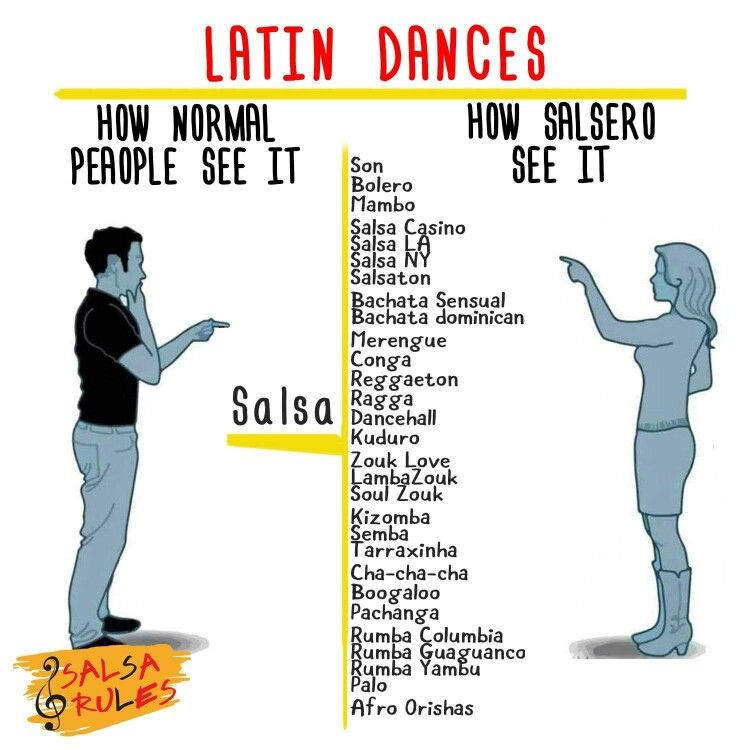 Another change that has been developing in the past century has come in the increasing role of women as singers and drummers, which were thought to be solely male roles and women were only allowed to play if there were no men available. Women have expanded their influence in punta, as well as punta rock, although punta rock does still involve more male-oriented arrangements and performances. Punta also was formally performed in ancestral celebrations and religious rituals of the recently deceased, but can now be seen in all forms of celebrations, such as birthday parties, communions, or holiday gatherings as a sense of cultural expression.
Another change that has been developing in the past century has come in the increasing role of women as singers and drummers, which were thought to be solely male roles and women were only allowed to play if there were no men available. Women have expanded their influence in punta, as well as punta rock, although punta rock does still involve more male-oriented arrangements and performances. Punta also was formally performed in ancestral celebrations and religious rituals of the recently deceased, but can now be seen in all forms of celebrations, such as birthday parties, communions, or holiday gatherings as a sense of cultural expression.
Traditional punta music was also played with two wooden drums, a conch shell, and a type of maracas. Today, acoustical and electric instruments have been added to create "punta rock", which has become a main export of the Garinagu and grown in popularity across Central America and into the United States. The duple-meter rhythm of punta is the primary basis for punta rock.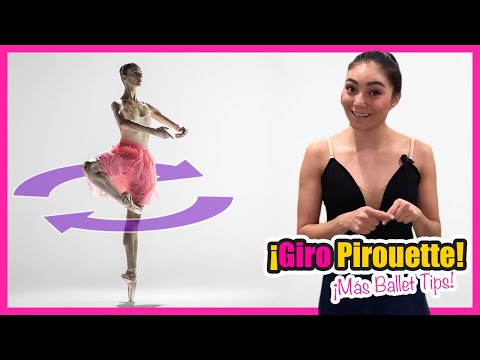 Punta rock is a musical craze that began in the early 1980s and persists today among young adults in the Garifuna communities of Belize, Honduras, and Guatemala. Andy Palacio, a homegrown Belizian artist, belives that punta rock is "a mix of Garifuna rhythms with a little bit of reggae, a little bit of R&B, and a little bit of rock and roll". Although punta rock has achieved national attention for the modern Garifuna youth, it has not replaced the original punta music. Punta is believed to coexist with punta rock, and maintains its significance as the primary musical genre of social commentary
Punta rock is a musical craze that began in the early 1980s and persists today among young adults in the Garifuna communities of Belize, Honduras, and Guatemala. Andy Palacio, a homegrown Belizian artist, belives that punta rock is "a mix of Garifuna rhythms with a little bit of reggae, a little bit of R&B, and a little bit of rock and roll". Although punta rock has achieved national attention for the modern Garifuna youth, it has not replaced the original punta music. Punta is believed to coexist with punta rock, and maintains its significance as the primary musical genre of social commentary
PUNTA DANCE - ST VINCENT AND DOMINICA
Dominica
2 minutes read
Punta dance is a celebratory dance from the St Vincent and Dominica Islands in the Caribbean region. This “Latin American” dance form is said to have developed by a community called “Garifuna”. Apparently, this dance is commonly also performed in countries such as Honduras, Belize and Guatemala.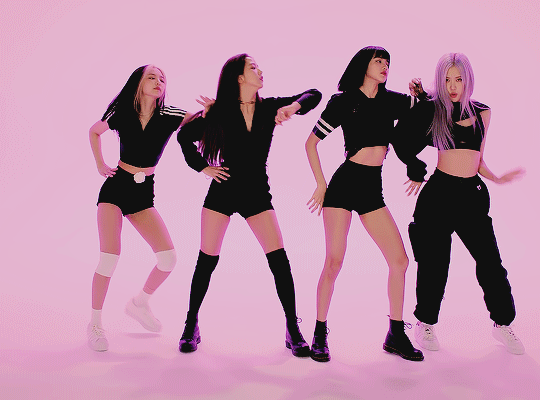 The traditional music used for this dance style was first composed in 1955 in Honduras. Furthermore, the lyrics of the songs used in this dance may either be written in English, Garifuna, Criol, or Spanish.
The traditional music used for this dance style was first composed in 1955 in Honduras. Furthermore, the lyrics of the songs used in this dance may either be written in English, Garifuna, Criol, or Spanish.
a. History/origin of Punta Dance:
There was a large influx of migrants (basically slaves) from Western Africa in the St Vincent and Dominic islands around the 15th century. It was during this period that a Western African rhythm called “Bunda” (meaning buttocks in a language called Mande) became extremely popular on these islands especially among the people belonging to the “Garifuna” community. It was then for this rhythm that a dance style called “Punta” was developed.
b. Costumes used in the Punta Dance:
Since this dance is performed by both males and females the costume worn varies accordingly, and they are as follows:
1. For women:
The attire worn includes a colourful sleeveless top covering the upper body, a colourful long skirt, and a form of headgear.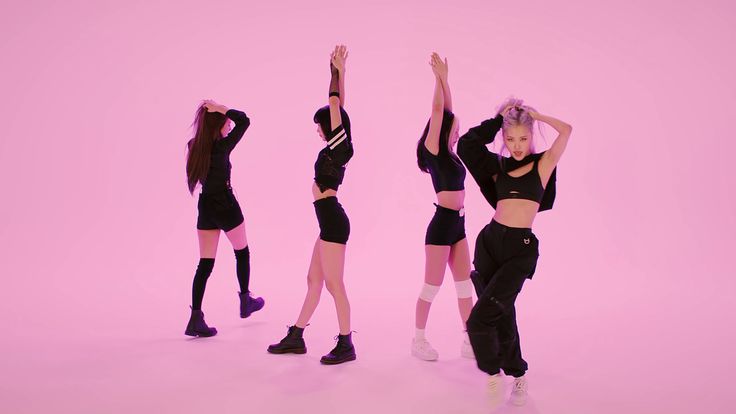
2. For men:
The attire worn includes a colourful top that covers the upper body, a colourful pyjama, a pair of anklets, and a colourful and heavy headgear.
c. Music involved in the Punta Dance:
Although there are many instruments used in producing music for this dance such as bass guitars, congas etc there are two instruments belonging to the “Garifuna” community that are mainly used. They are as follows:
- Primera: Is a lead tenor drum which is used by the drummer to produce a few major rhythms required by this dance.
- Segunda: Is the bass drum which is used by the drummer to repeat a “single duple meter ostinatio” in the music played for this dance.
d. Training availability and technique involved in Punta Dance:
In terms of the technique, this dance involves rapid movements of the buttocks, hips, and feet. In addition, it also requires the dancer to maintain a motionless upper body while performing.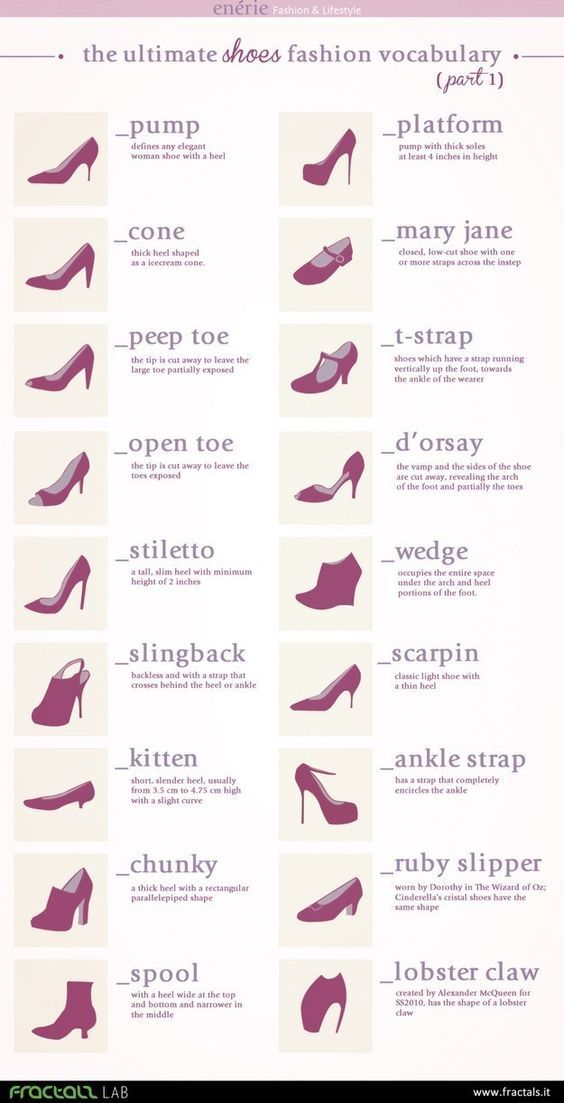 Furthermore, in this style of dancing the audience forms a circle around the performers. As for training centres/schools, there are few available especially in the United States of America for those interested in this “unique” style of dancing.
Furthermore, in this style of dancing the audience forms a circle around the performers. As for training centres/schools, there are few available especially in the United States of America for those interested in this “unique” style of dancing.
image credit
e. Punta Dance Videos:
Jonathan Larios teaching the Punta DanceHonduran girls doing the Latin-American Garifuna Punta DanceÓnice Flores doing the Punta dance(Official Choreography) Kazzabe – La Parranda (Sei Sei Bei) Punta de Honduras 2019Just Being Garifuna – Punta Dance TutorialViews: 478
PUNTA- ST VINCENT AND DOMINICA
CocoBongo, Punta Cana - "The best show that everyone should visit! World class nightclub show.

There will be few photos, firstly because it’s almost impossible to take good photos in the dark, secondly because there is no time for photos, you want to break away and enjoy the moment, thirdly because you have to go and watch it live, it’s really a must hev")))
I'll start with the fact that there are only three clubs in the world called CocoBongo, more precisely, there may be more of them, but the rest are fakes, and only three are real. Two of them are located in Mexico (one in Cancun, the second in Playa Carmen) and the third in Punta Cana (Republic of the Dominican Republic).
The entrance fee is like from 70 usd, but it's better to take a little more expensive, and VIP places are around 150 - 180 dollars like...
My first visit to this establishment was in Mexico and I didn't understand what it was at all... I and liked and not, and all because I did not know where I was going.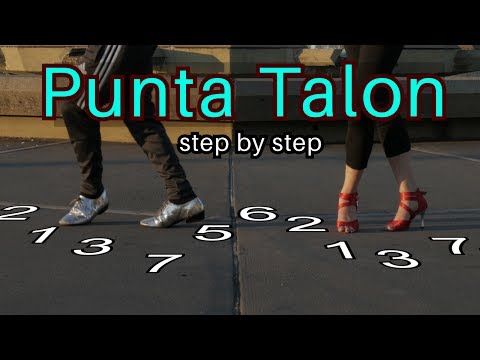 I was simply told that to visit Mexico and not to visit it is a crime, and that's all ... You, my dear readers, will be ready and you will definitely like it !!!
I was simply told that to visit Mexico and not to visit it is a crime, and that's all ... You, my dear readers, will be ready and you will definitely like it !!!
What is CocoBongo? This is the disco of the future, with fantastic special effects, perfect sound and lighting, and a world-class show... The show is incredibly diverse, it flashes in different parts of the club and you are constantly surprised that you are surprised again... it all lasts for several hours, you drink , dancing, in the dancing crowd, characters are constantly plying pouring rum directly into the guests' mouths from a bottle, and something is constantly happening ... - either acrobats do incredible tricks in the air right above the heads of the astonished public, then you are bombarded with mountains of confetti, then chic parodies on pop stars and you begin to doubt that, for example, Freddie Mercury died, then balloons fall from the ceiling, then dwarfs fly past on ropes, then the stage turns into a bar and everyone starts dancing on the tables .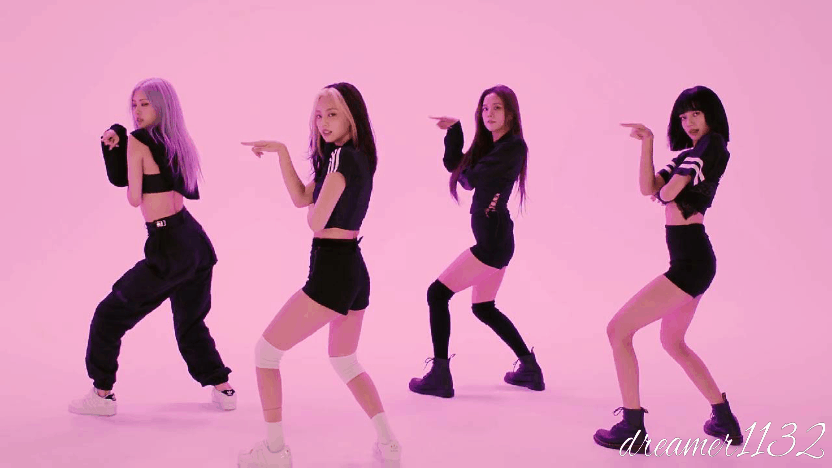 ... In general, this is not a show where you sit and watch, and the show in which you are a part of it all, and everything happens fun and without stress, just have time to turn your head))...
... In general, this is not a show where you sit and watch, and the show in which you are a part of it all, and everything happens fun and without stress, just have time to turn your head))...
What is the difference between Mexican and Dominican CocoBongo: in Mexican everything is sharpened for Americans, there are more English-language music and parodies of American stars, and among the guests there are mostly Americans - for me this is a minus, because I am a lover of Latin American and Spanish-language music and in general an abundance of gringos ( as the Mexicans call them) annoys me. Secondly, my husband and I were not ready for such an orgy, we thought that we were going to a show, but we got into a club and were dumbfounded ... The Dominican version is much more Latin ... salsa sounds in all the breaks between numbers, there are many parodies of world stars, but mostly of Latin origin, and here we came off and enjoyed to the fullest. But I must say that the Dominican version of the club is smaller in size and slightly weaker technical equipment, but I still felt more comfortable there))
But I must say that the Dominican version of the club is smaller in size and slightly weaker technical equipment, but I still felt more comfortable there))
In conclusion, a few important points so that nothing overshadows your visit:
1. If you are not a fan of dancing - take a VIP seat, then you will have a separate table on the balcony. The show is worth just watching, although being on the dance floor is cooler in my opinion))
2. If you go to the dance floor, wear comfortable closed shoes, there are a lot of people, everyone is having fun, many are wearing high heels .... well, you understand .. Of course, you can put on stilettos, but I personally am not very ready to endure 5-6 hours on stilettos, especially in the dark and the crowd, no one cares what you have down there))
3. Do not drink the included unlimited alcohol! all tickets include it, it is usually of very poor quality, or something is added to it ... It is better to take a more expensive ticket that includes additional drinks or buy it there for money.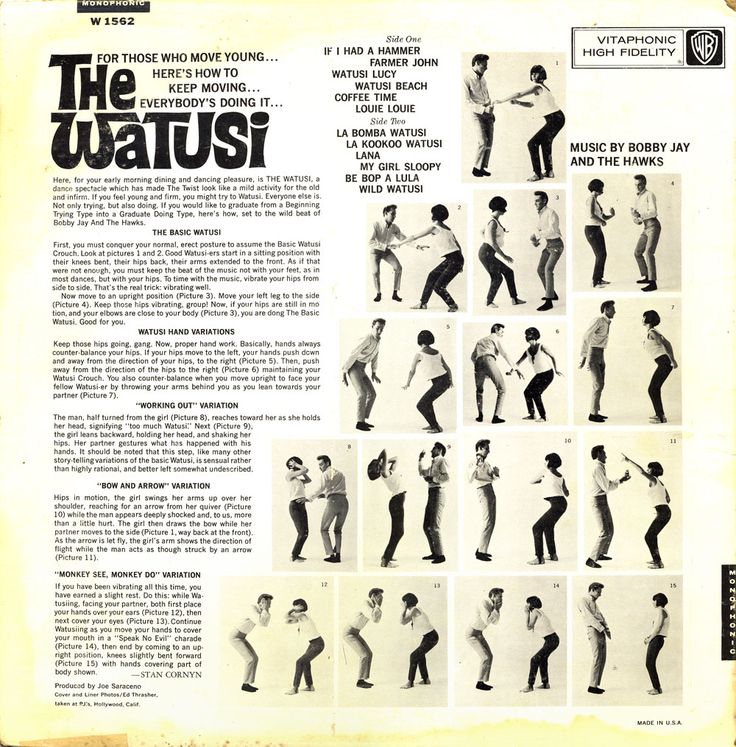 In Mexico, we barely woke up in the morning, although we only drank a couple of glasses of free cuba libre, in Punta Cana we only drank alcohol in closed bottles, we immediately ordered a bottle of rum for the company and lemonade - and everything was fine.
In Mexico, we barely woke up in the morning, although we only drank a couple of glasses of free cuba libre, in Punta Cana we only drank alcohol in closed bottles, we immediately ordered a bottle of rum for the company and lemonade - and everything was fine.
4. Mood. Be mentally and physically ready for a night of complete annealing and detachment... If you come in a good mood, it will multiply many times over, the main thing is to be open to it.
5. Do not take valuable or fragile items with you.
6. You can take a trip from a tour operator calmly, if the prices for most excursions from operators are raised, then CocoBongo is really the same price everywhere, but they will bring it and pick it up. We took from Anex, I checked the price with the CocoBongo website.
7. All tickets (or all but the cheapest ones) include a gift (bag, backpack, mug, etc... with the club logo). Do not forget to get it before the start in a special kiosk, because the kiosk is open only before the start of the show, and then your gift "burns out".